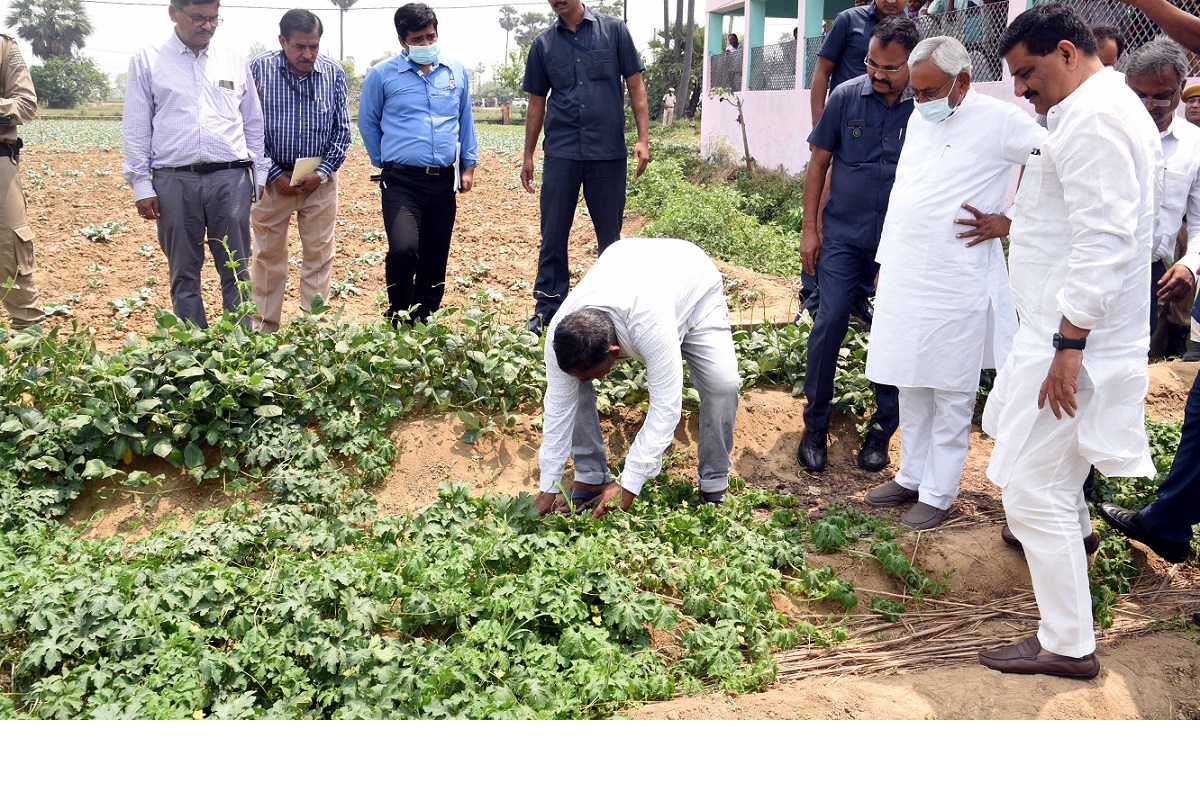Nitish Kumar is known for “yatra politics”— he has undertaken as many as 13 yatras in the past 16 years—but the way Bihar chief minister has been making whirlwind tours of the villages falling in his home district of Nalanda for the past one month has triggered a fresh debate about his future course of action.
Kumar has turned towards his home district post differences with the BJP, especially after he indulged in a heated exchange of words with the Assembly Speaker in the House exactly a month back, leaving both the politicians and the masses confused.
So, what plan does the chief minister have in his mind by way of meeting the villagers and old-timers who supported him during the worst time of his political career? Political analysts say Kumar has been drawing strength by meeting villagers in his home district and sharing his anguish with them.
The urgency of the situation can be underlined by the fact that he had been visiting village after village every day, braving heat waves in the sweltering heat when the day’s temperature had shot up to 41 degrees Celsius. What’s interesting, the chief minister has always bounced back after such interactions.
Nalanda, the central Bihar district dominated by fellow Kurmi caste men, first supported Kumar while he had serious differences with then chief minister, Lalu Prasad, in the early 90s and his political career appeared to be at a crossroads. It was at this time that his fellow caste men turned up in huge numbers and filled up every inch of the sprawling Gandhi Maidan in Patna to make Kurmi Chetna rally a grand success.
This rally organized in February 1994 turned out to be the turning point in their political career of Kumar who later adopted his separate political course. Just eight months after the rally, the chief minister backed by George Fernandes formed Samata Party which later got merged with the Janata Dal-United (JD-U) remains in power since 2005.
His home district again came to the rescue of both Kumar and his mentor Fernandes after they parted company with Lalu Prasad and fought the next Lok Sabha polls on Samata Party symbols. Previously, Fernandes had been contesting LS polls from Muzaffarpur seat but post revolt, Kumar offered his home (Nalanda) seat to his mentor while he himself shifted to Barh constituency. Fernandes represented Nalanda thrice in 1996, 1998, and 1999.
Kumar, on the other hand, got elected from Barh’s seat five consecutive times, from 1989 to 1999, until he faced ignominious defeat in 2004. In the aftermath of his defeat and subsequent differences with Fernandes, Kumar snatched his home LS seat from his mentor and contested elections from Nalanda in 2004 which he won. Fernandes shifted to his old LS constituency but lost the 2004 LS polls.
Now again, Kumar has been making regular interactions with the villagers in his home district as well as the Barh LS constituency which elected him in the past. If the past developments are any indication, Kumar’s fresh move is likely to throw new political surprises soon although the chief minister describes his interactions as just an attempt to meet the villagers and know about their grievances, if any.










